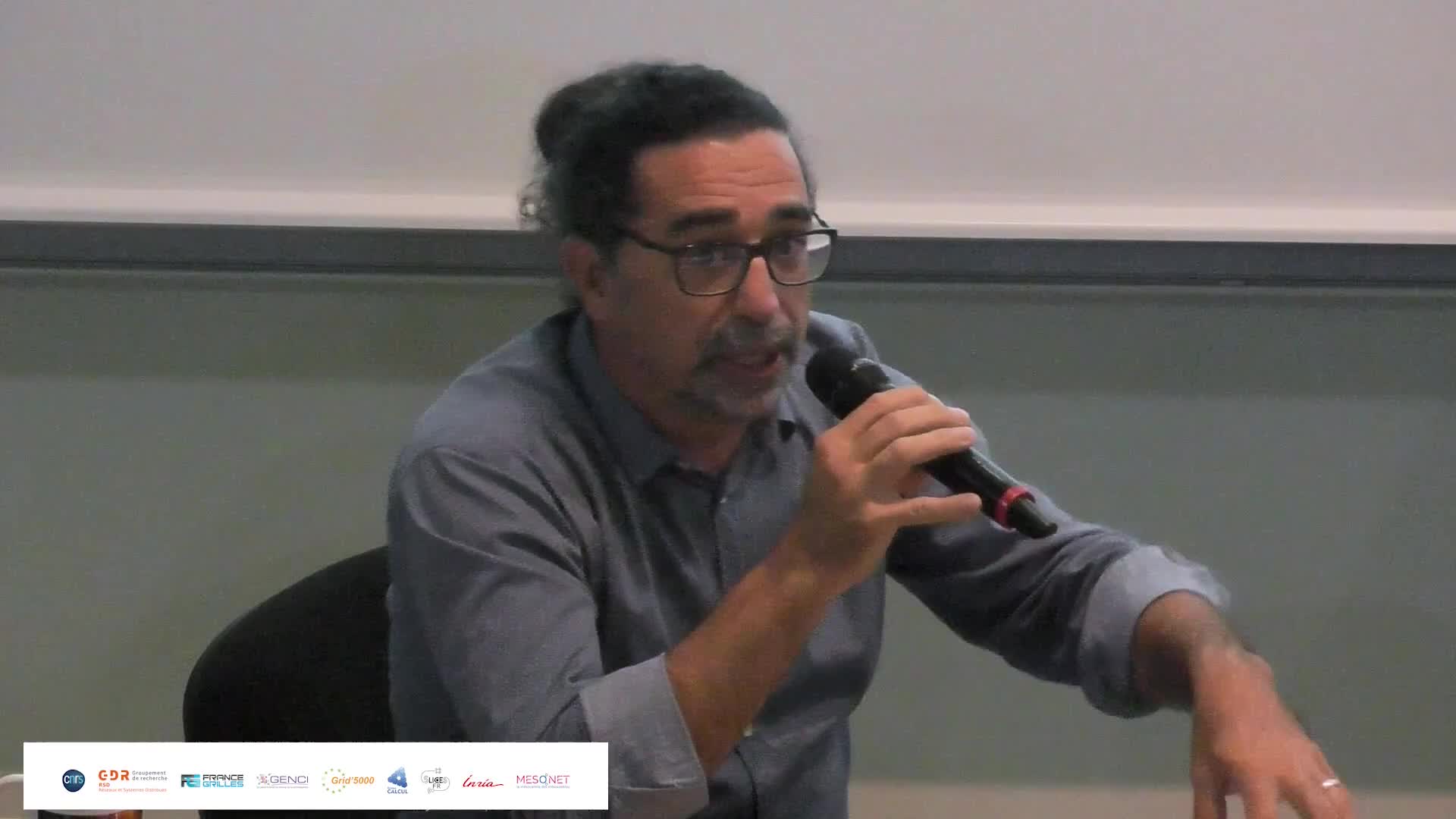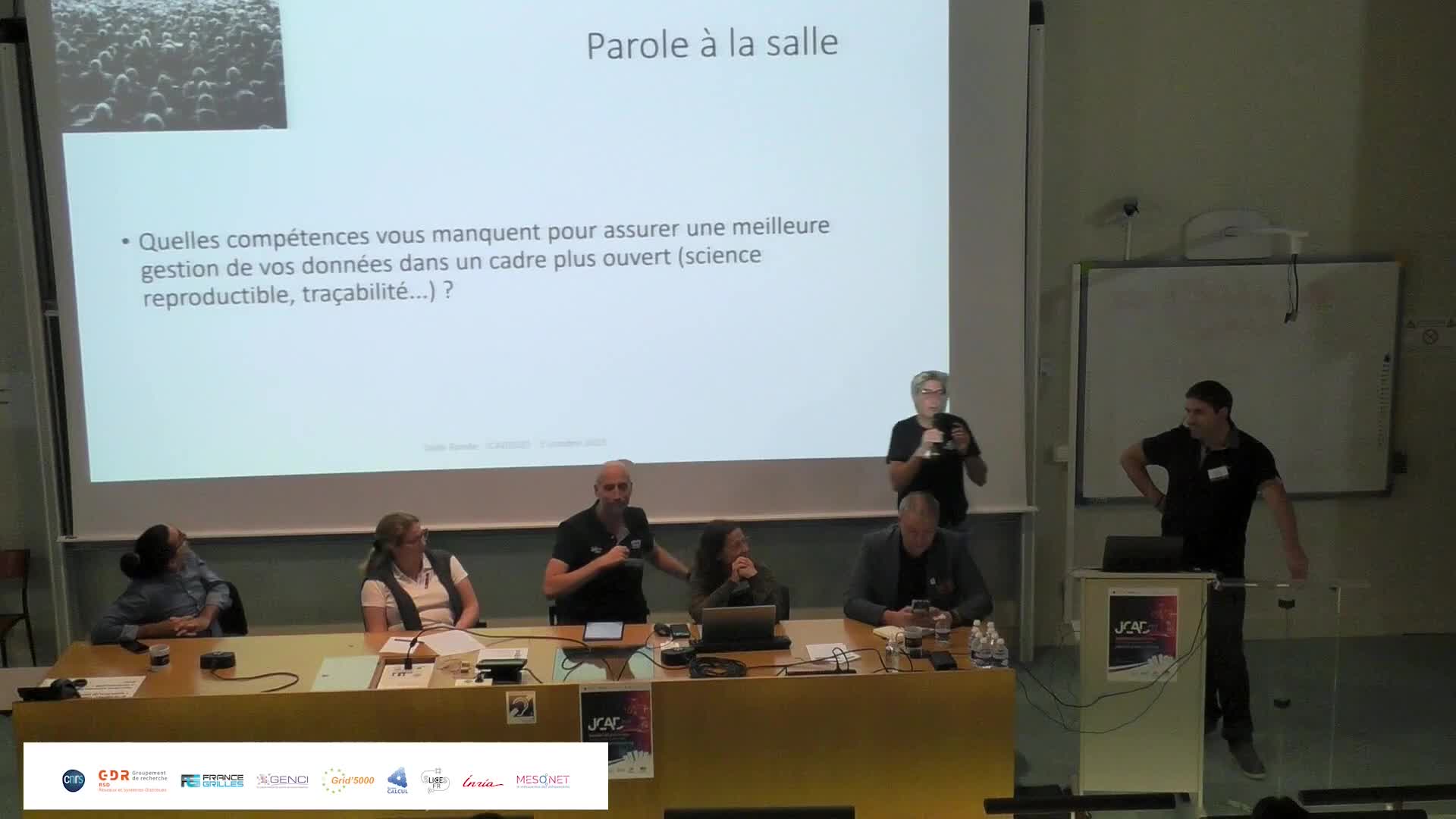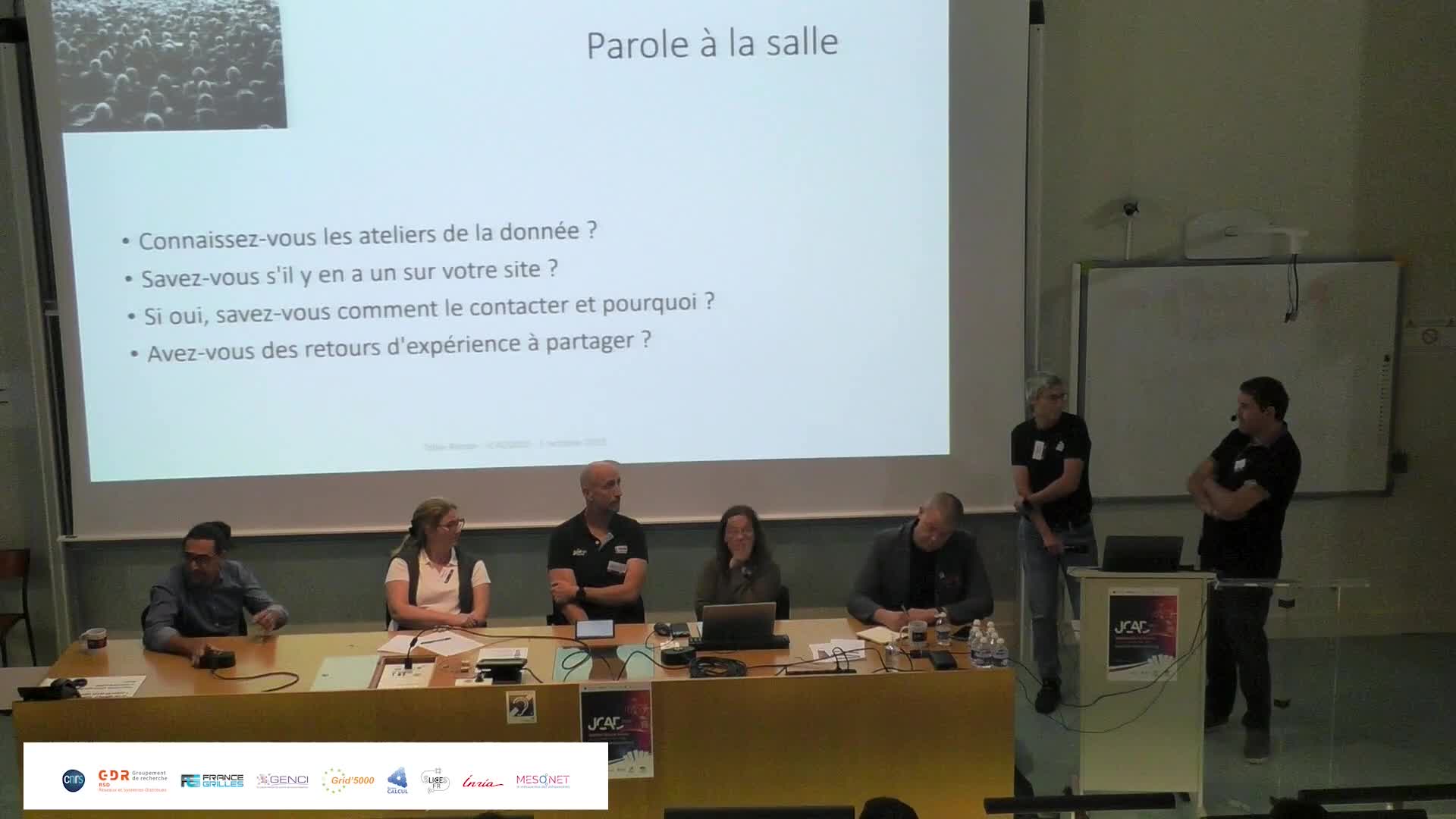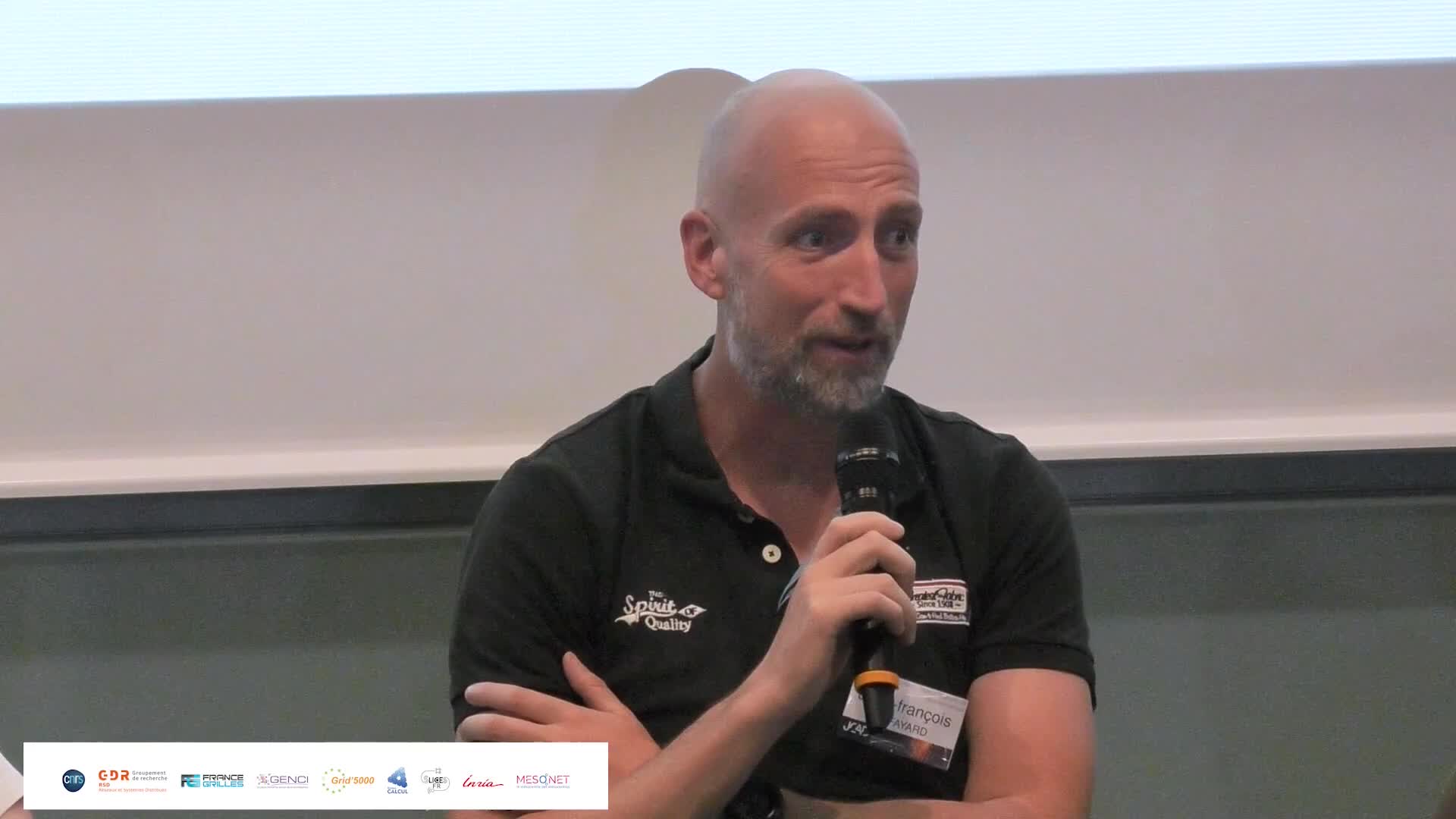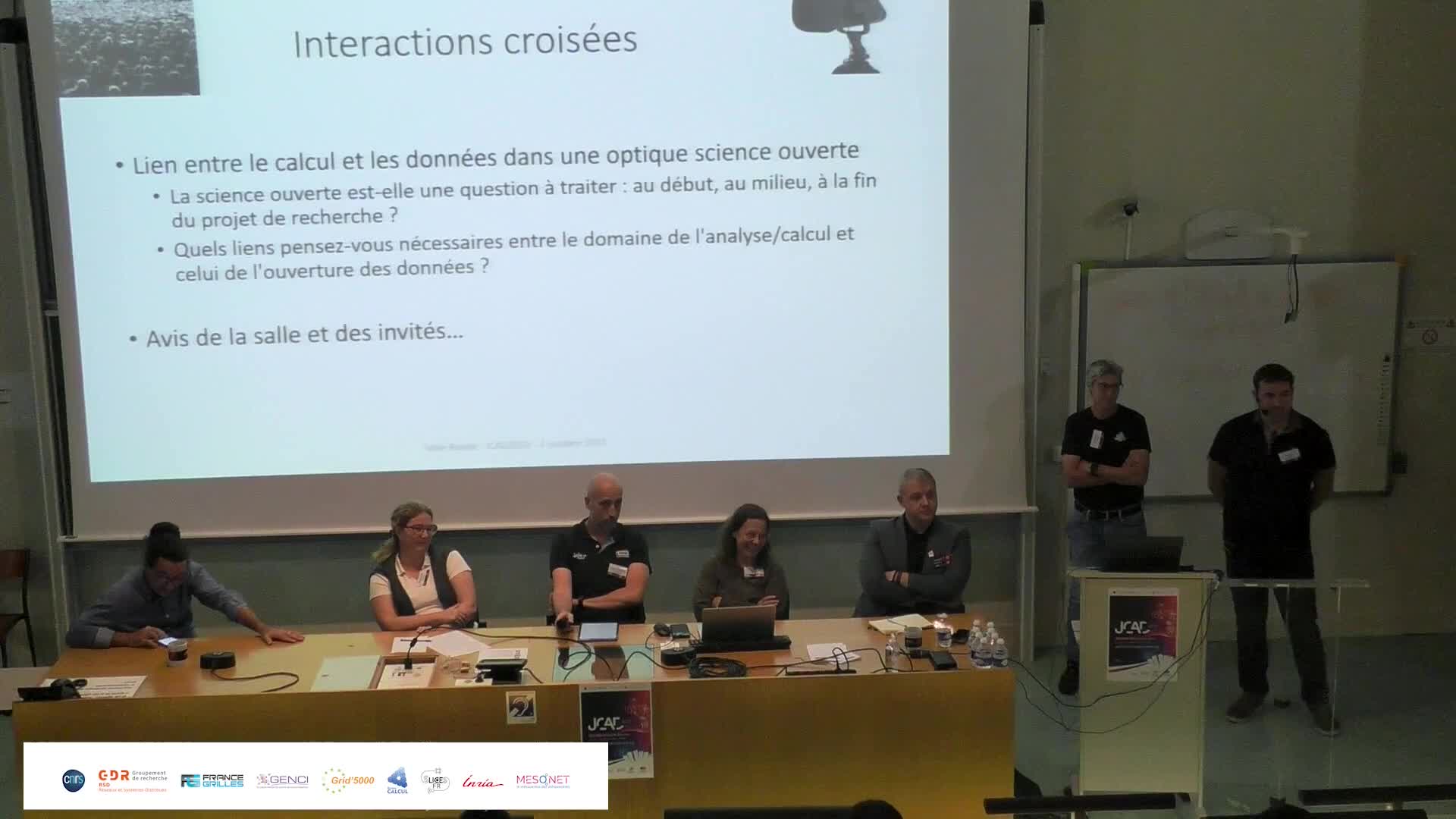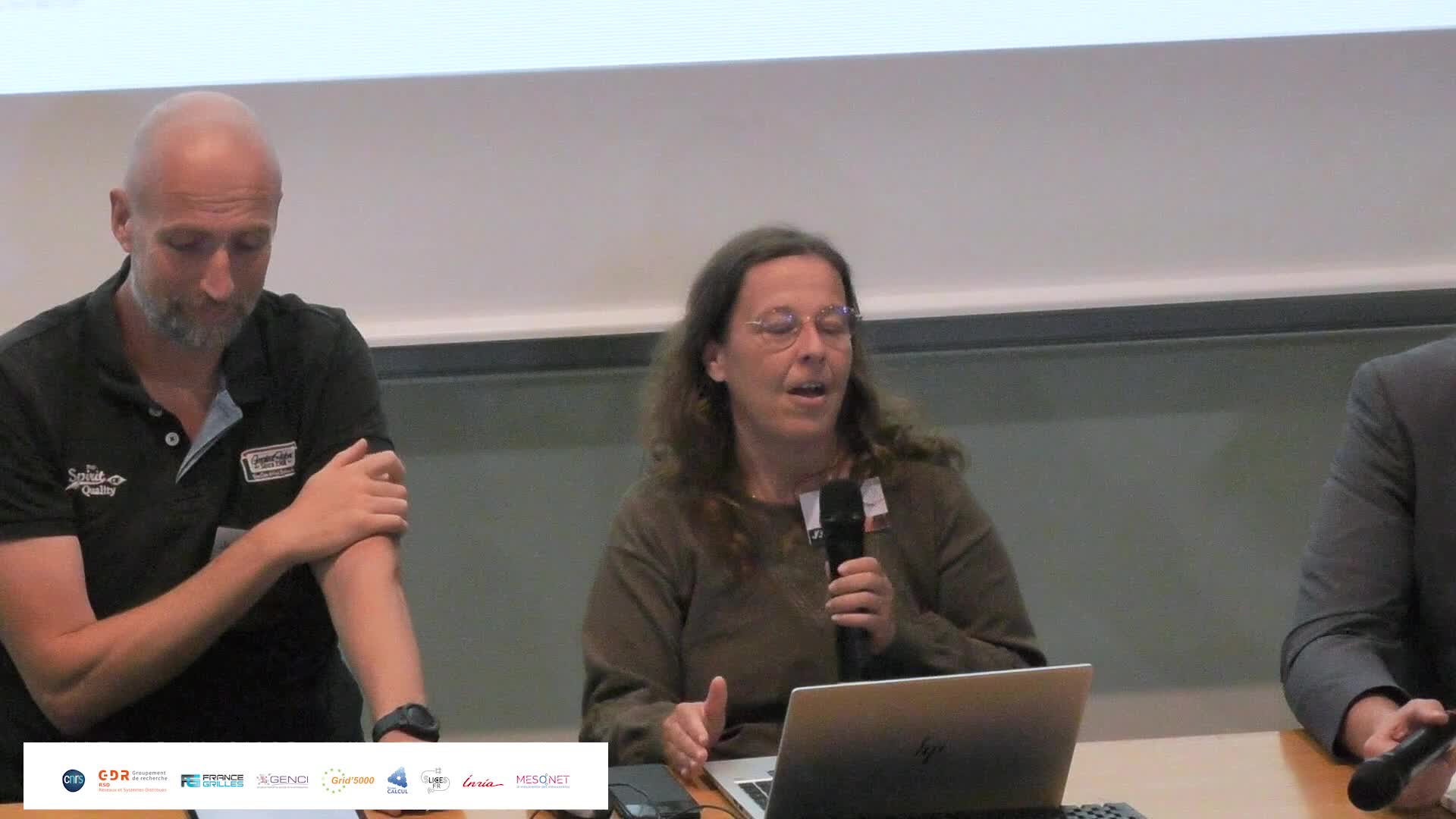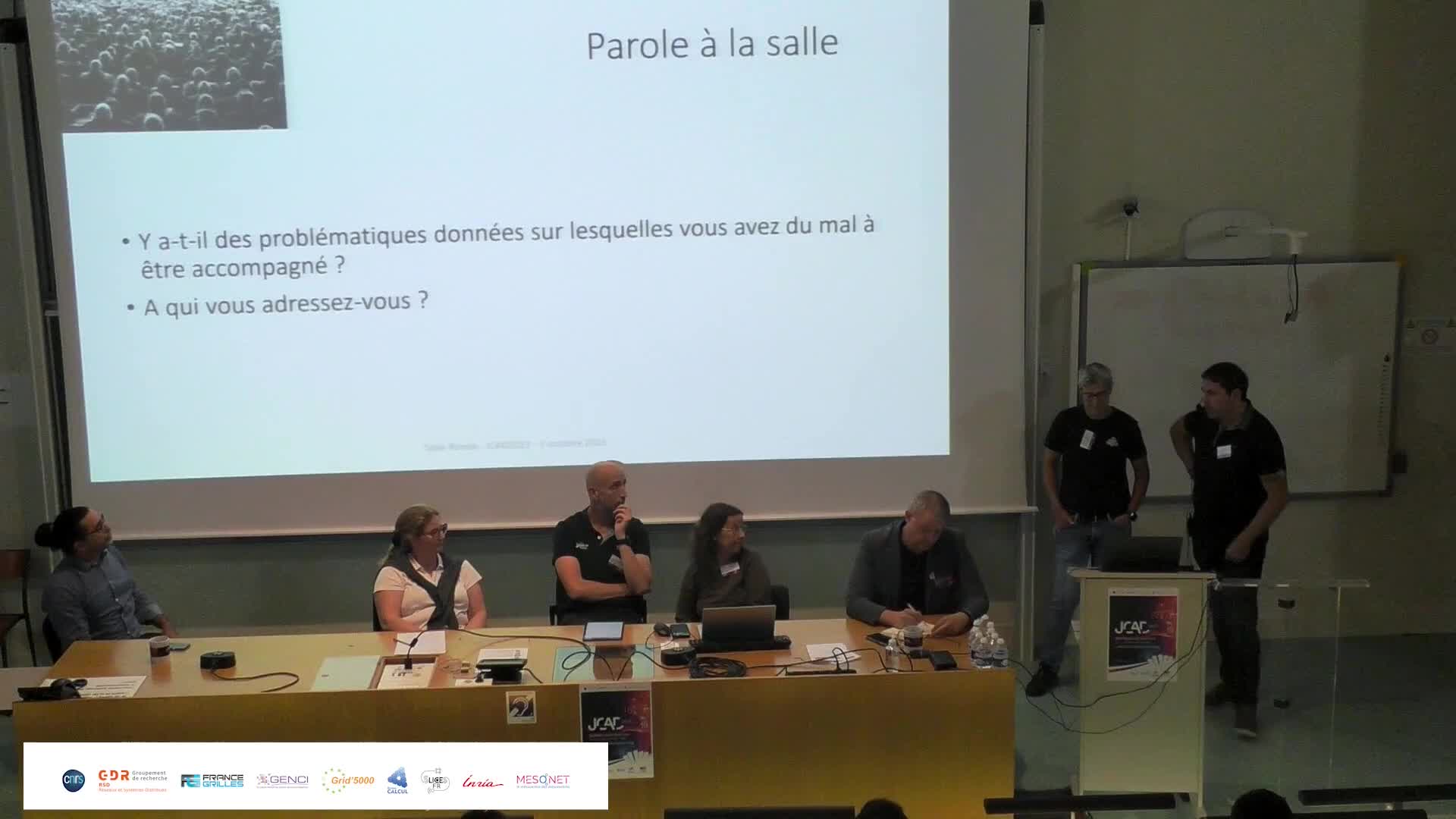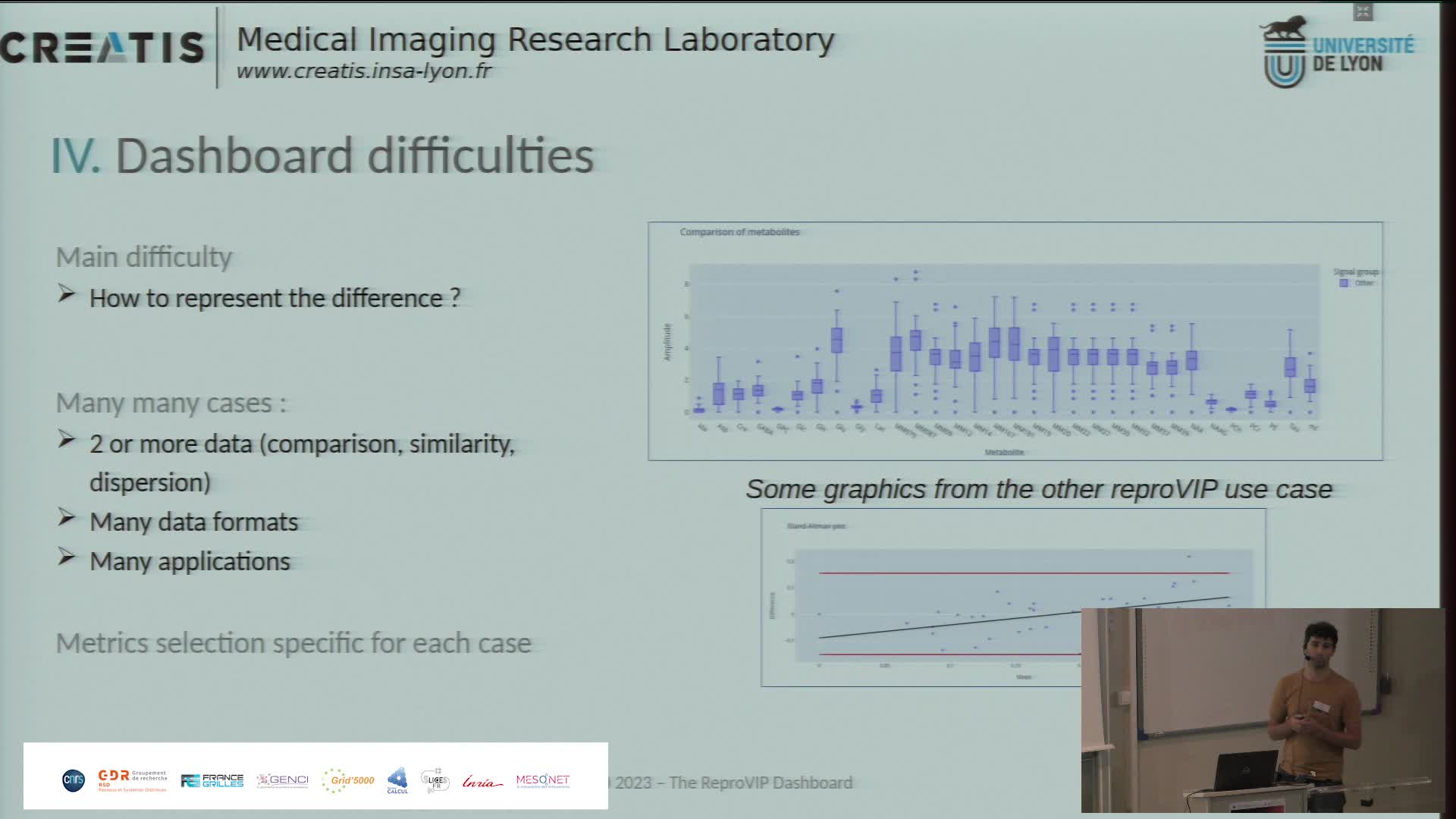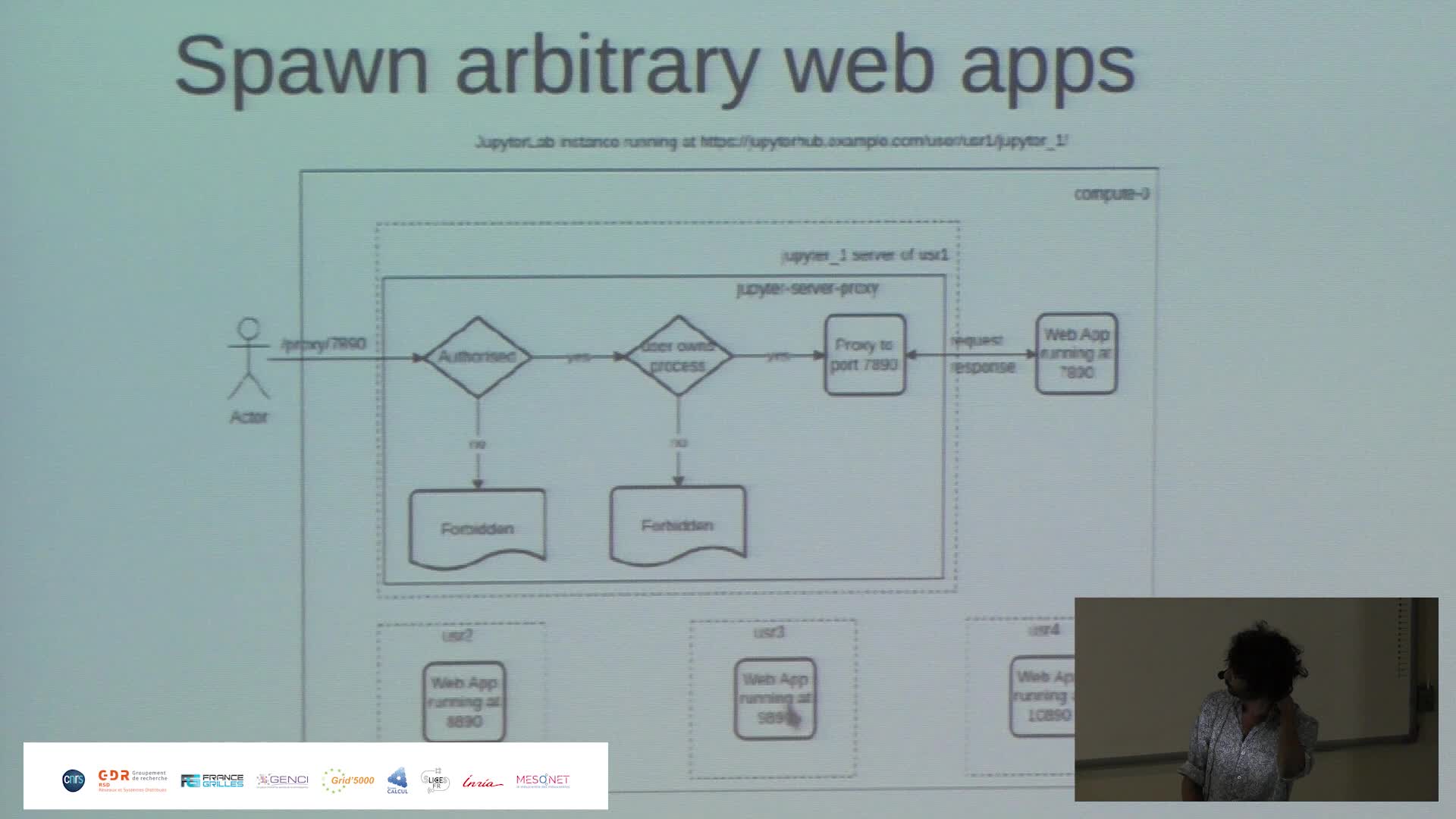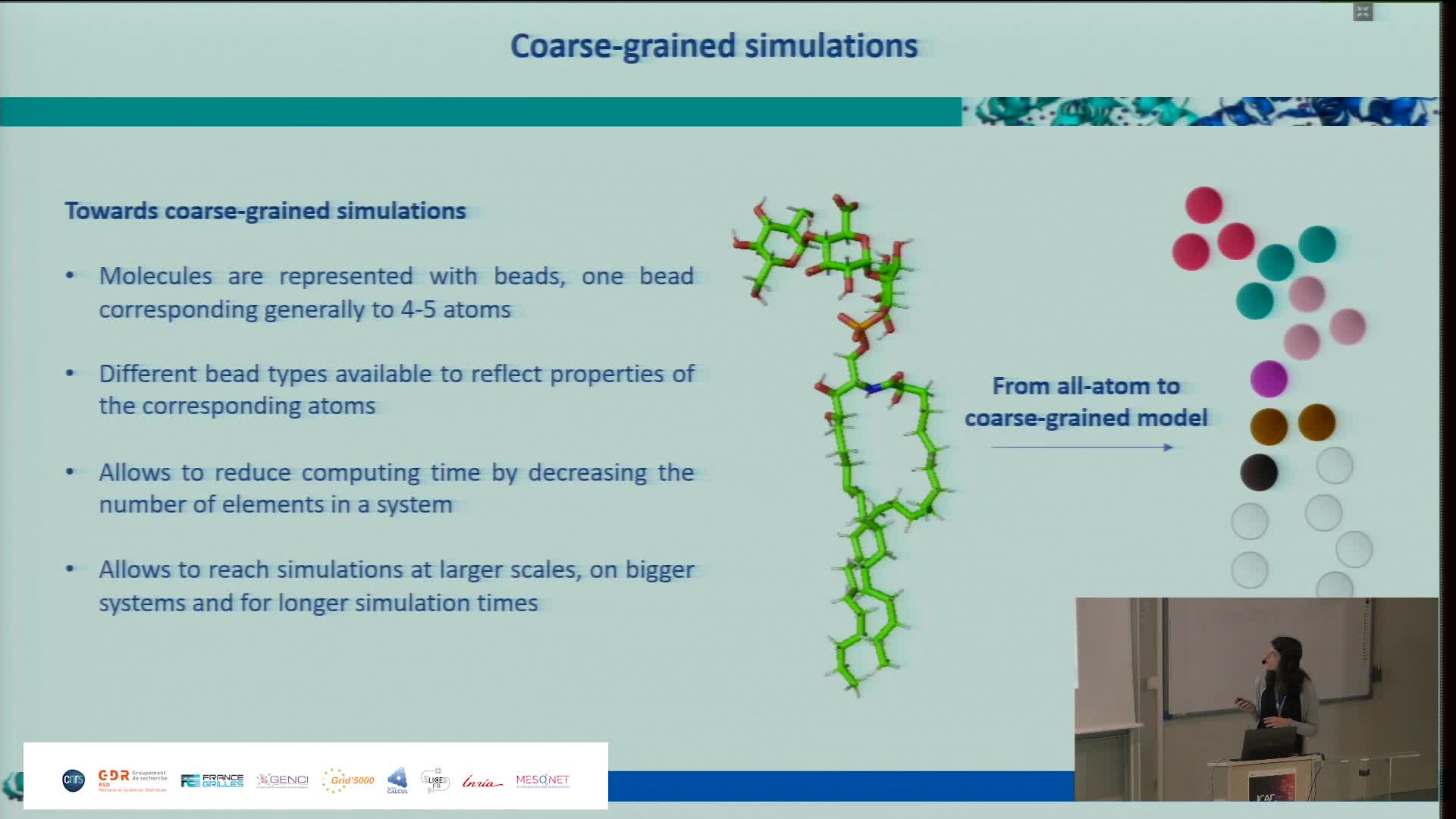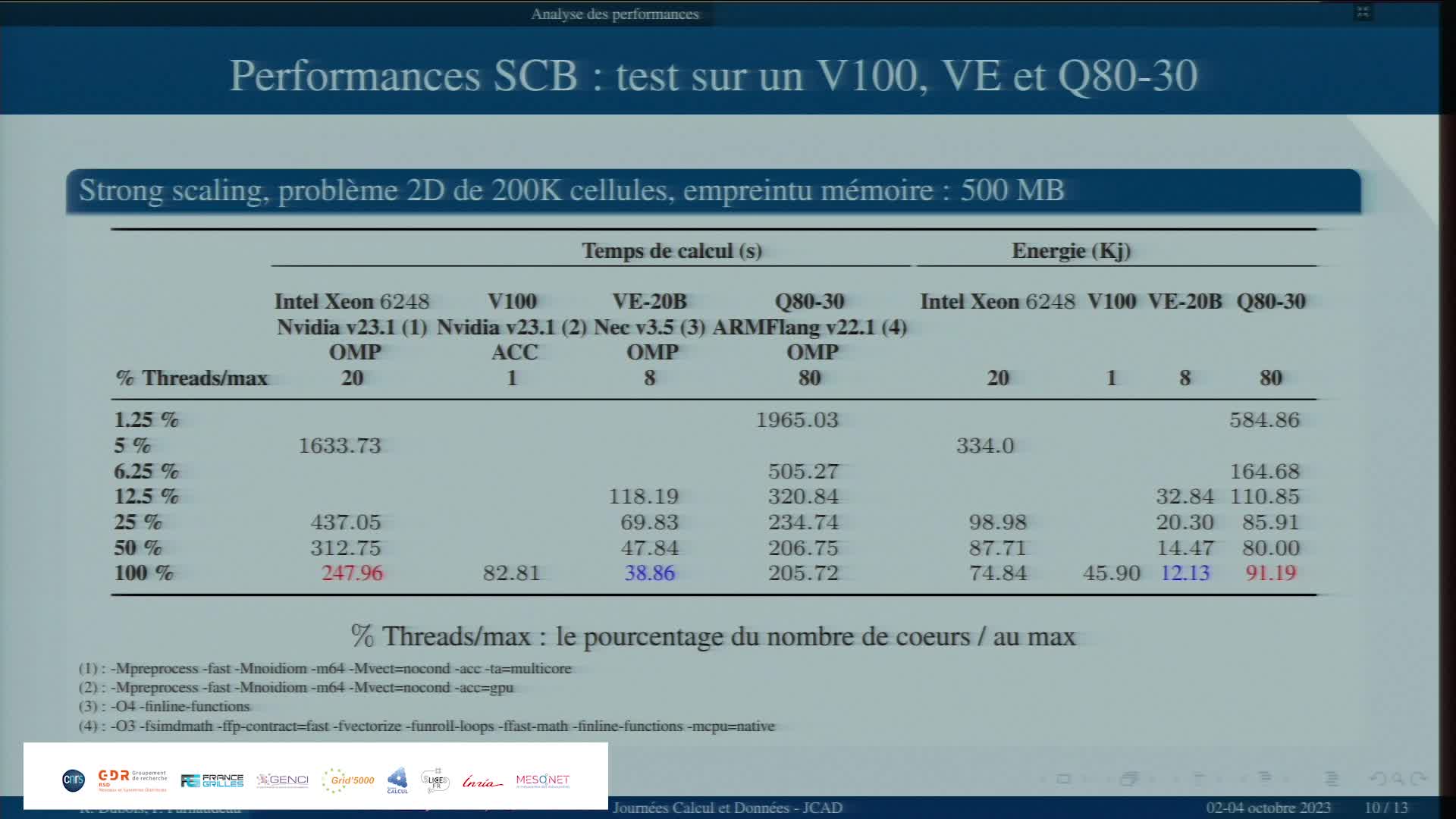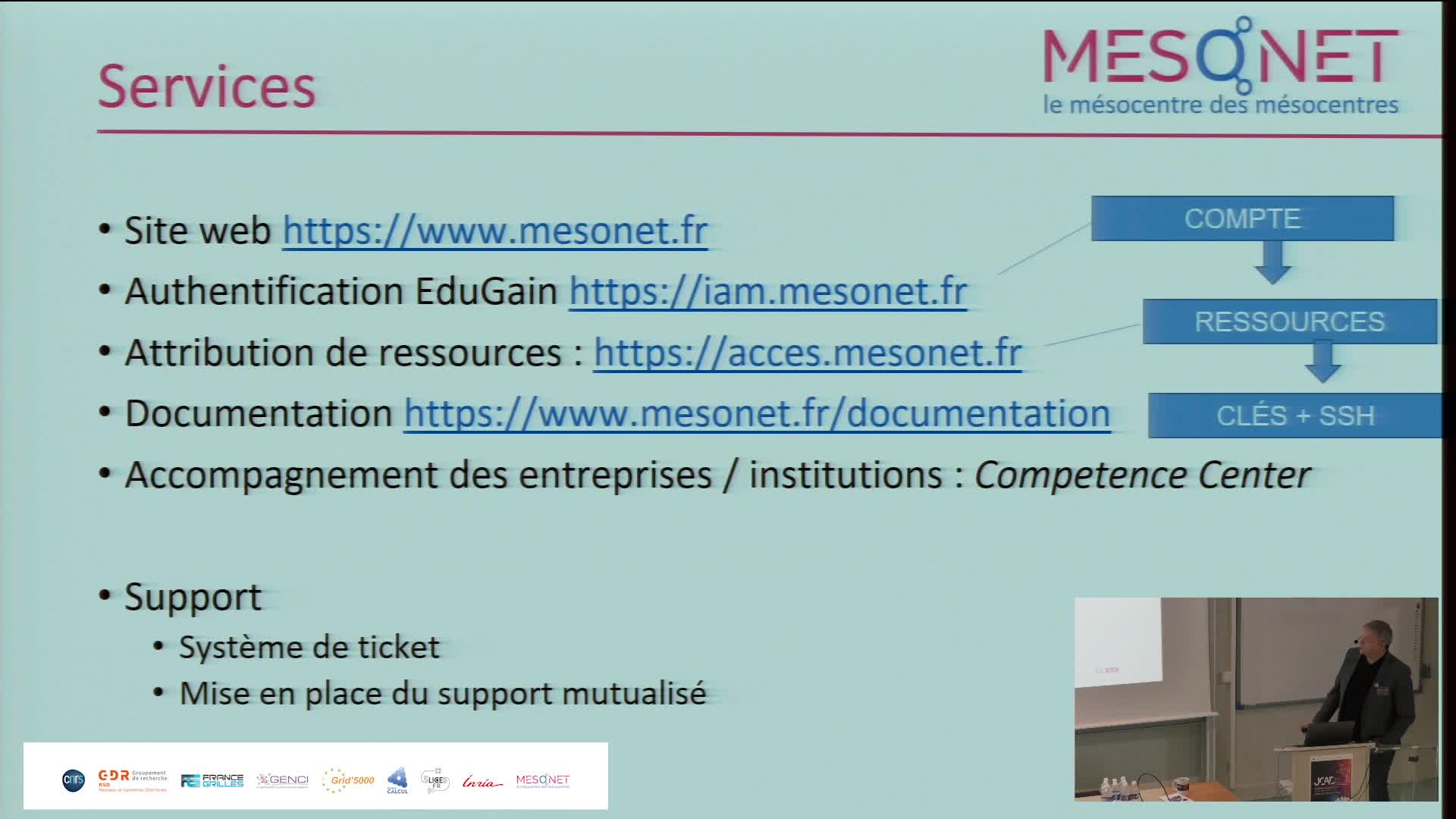Notice
Molecular modeling study of the multiple properties of a biosourced molecule
- document 1 document 2 document 3
- niveau 1 niveau 2 niveau 3
Descriptif
Macrobisphenols exhibit numerous properties of industrial interest. These molecules are particularly studied in the context of the bioeconomy because they are enzymatically synthesized from biosourced molecules, ferulic acid and dialcohol of several length. Ferulic acid, obtained from lignin, is an antioxidant that exhibits antimicrobial properties and that is a common precursor in the manufacture of several substances of interest (Vanillin, anti-microbial substances, ...). Several properties of macrobisphenols, that are critical for their industrial applications, are still not fully explained and are currently being studied by molecular modeling approaches.
When mixed with polylactic acid (PLA), bis-O-dihydroferuloyl-1,4-butanediol (BDF), which is the reference macrobisphenol, provide elastomeric properties to this plastic polymer. PLA is a sustainable, compostable, biocompatible and transparent polymer that could replace fossil polymers but it has a low flexibility and poor strength. When mixed with BDF, it becomes a transparent elastomer material, non-covalently cross-linked with shape memory. It is difficult to explain this plasticizing behavior based on the knowledge of the properties of PLA and BDF and on experimental data. The modeling aims to highlight the conformations, interactions and volumes of the two molecules.
Blends of BDF with polymers have also shown interest as active packaging for food preservation. These films have positive effects on the conservation apple slices; on weight loss, color parameters, sugar content, vitamin C and polyphenol oxidase (PPO) activity. PPO, which is involved in the browning effect, is inhibited due to a gradual release of the BDF by the plastic in contact with food. The objective of this study is to model the structure of the apple PPO, model the interaction of the BDF with PPO and carry on molecular dynamics on the BDF-PPO model to assess the stability of BDF in the identified binding site. For the protein structure modeling, the protein needs to be modeled in its active form with an adequate representation of its active site.
Finally, the macrobisphenols, depending on the even or odd number of carbons found at the level of the linker present in these molecule, have very different properties, particularly in terms of glass transition temperatures (Tg) and melting temperatures (Tm). This kind of property has been observed for alkanes and fatty acids and it is due to variations in their crystalline structure. As a first hypothesis, the same cause is guessed for the macrobisphenol molecules. The study involve the synthesis and crystallization of macrobisphenol with increasing linker length, their experimental characterization (Tg, Tf and X-ray powder diffraction). The modeling study then aims to determine the molecular structure from XRD spectra, predict the crystallographic structures and predict Tg and Tf.
Intervention / Responsable scientifique
Thème
Dans la même collection
-
Table ronde et discussions : infrastructures de calcul et ateliers de la donnée de recherche Data G…
CastexStéphanieRenardArnaudAlbaretLucieRenonNicolasDufayardJean-FrançoisPARTIE 3 : les liens entre les structures
-
Table ronde et discussions : infrastructures de calcul et ateliers de la donnée de recherche Data G…
CastexStéphanieRenardArnaudAlbaretLucieRenonNicolasDufayardJean-FrançoisPARTIE 5 : Des interactions croisées, à propos des compétences
-
Table ronde et discussions : infrastructures de calcul et ateliers de la donnée de recherche Data G…
CastexStéphanieRenardArnaudAlbaretLucieRenonNicolasDufayardJean-FrançoisPARTIE 2 : Les ateliers de la données
-
Table ronde et discussions : infrastructures de calcul et ateliers de la donnée de recherche Data G…
CastexStéphanieRenardArnaudAlbaretLucieRenonNicolasDufayardJean-FrançoisPARTIE 7 : Conclusion
-
Table ronde et discussions : infrastructures de calcul et ateliers de la donnée de recherche Data G…
CastexStéphanieRenardArnaudAlbaretLucieRenonNicolasDufayardJean-FrançoisPARTIE 4 : Des interactions croisées, liens entre le calcul et les données.
-
Table ronde et discussions : infrastructures de calcul et ateliers de la donnée de recherche Data G…
CastexStéphanieRenardArnaudAlbaretLucieRenonNicolasDufayardJean-FrançoisPARTIE 1 : Introduction et présentation des intervenants
-
Table ronde et discussions : infrastructures de calcul et ateliers de la donnée de recherche Data G…
CastexStéphanieRenardArnaudAlbaretLucieRenonNicolasDufayardJean-FrançoisPARTIE 6 : L'accompagnement autour de la gestion des données
-
Présentation du dashboard ReproVIP pour visualiser la reproductibilité dans l'imagerie médicale
BonnetAxelLa plateforme d'imagerie virtuelle VIP [1] (https://vip.creatis.insa-lyon.fr) est un portail web de simulation et d'analyse d'images médicales. Elle existe depuis plus de 10 ans et a évolué pour
-
Harnessing the power of Jupyter{Hub,Lab} to make Jean Zay HPC resources more accessible
PaipuriMahendraThis talk revolves around the deployment of JupyterHub on Jean Zay HPC platform and how it is done to meet the demands of RSSI (ZRR constraints) and also to provide a seamless experience to the end
-
Using High Performance Computing to decipher the impact of ageing process on collagens
DepenveillerCamillePlant cells have to face environmental stress, and in this context, being able to decipher the organization of the plant plasma membrane is a key point to better understand this adaptability of plasma
-
Etude comparative de 3 architectures spécialisées avec un code applicatif
ParnaudeauPhilippeÉtude comparative de 3 architectures spécialisées avec un code applicatif.
-
MesoNET : Structuration nationale des mésocentres de Calcul et de Données
RenardArnaudMesoNET répond aux besoins régionaux de calcul pour la recherche académiques, la formation et les entreprises en proposant des équipements structurants.


